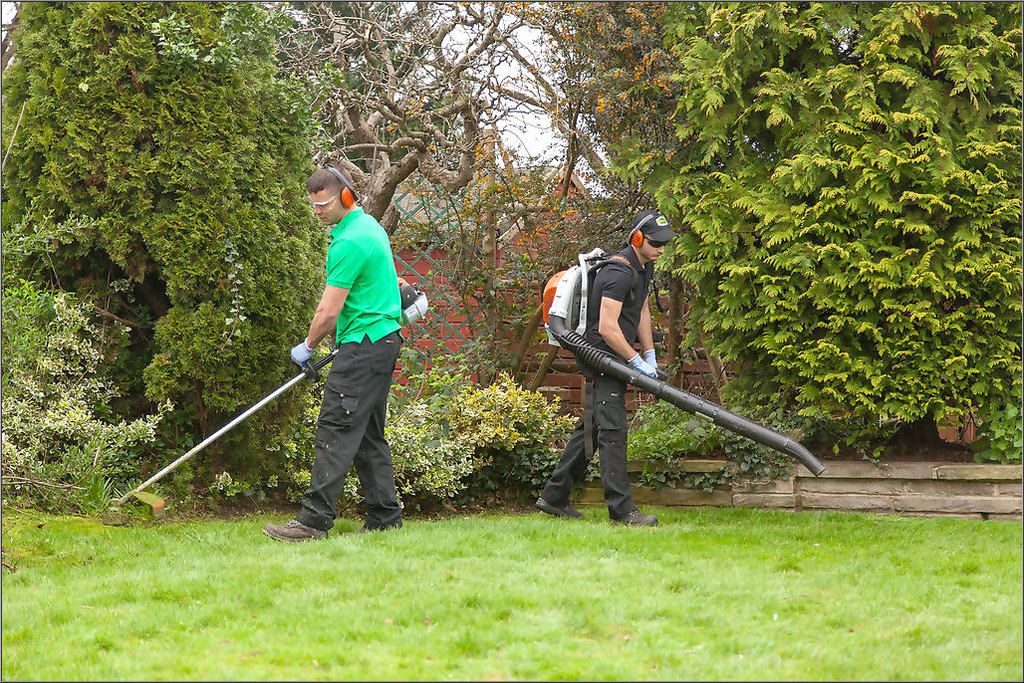Maintaining a beautiful and thriving landscape is more than just planting trees and flowers. It’s about nurturing your garden, yard, or outdoor space so that it continues to flourish season after season. Whether you’re a homeowner, business owner, or property manager, understanding the key aspects of landscape maintenance can transform your outdoor space into a haven of beauty and functionality.
Why Landscape Maintenance Matters
Landscaping is not just about aesthetics. A well-maintained landscape adds value to your property, improves curb appeal, and creates a serene environment for relaxation and recreation. Regular maintenance prevents overgrowth, keeps plants healthy, and ensures your outdoor areas remain safe and usable for family, friends, or customers.
Essential Maintenance Tasks for a Healthy Landscape
- Lawn Care
- Mowing: Regular mowing ensures a neat and tidy lawn. Keep your grass at the right height to promote healthy growth and prevent weeds.
- Fertilizing: Use the right fertilizers to give your lawn the nutrients it needs for vibrant, lush grass.
- Weeding: Frequent weeding helps to maintain a weed-free lawn that allows your grass to thrive without competition for resources.
- Pruning and Trimming
- Keep shrubs, hedges, and trees in shape with regular pruning. This not only enhances the look of your landscape but also encourages healthy plant growth.
- Tree trimming is essential for safety, especially when branches grow too close to structures or power lines.
- Soil Health
- Healthy soil is the foundation of a thriving landscape. Regularly test the soil to check its nutrient levels, and amend it with compost or organic matter to promote plant growth.
- Consider aeration for compacted soil, which improves water absorption and root growth.
- Mulching
- Mulch serves as a protective layer over the soil, reducing water evaporation, keeping roots cool, and preventing weeds. Organic mulches also break down over time, enriching the soil.
- Watering
- Water is essential to any landscape, but over-watering can do more harm than good. Install an efficient irrigation system and monitor it regularly to ensure that plants receive just the right amount of moisture.
- Consider using drip irrigation systems for targeted watering that conserves water while keeping plants hydrated.
- Pest and Disease Control
- A good maintenance routine includes keeping an eye on potential pest infestations and plant diseases. Use environmentally-friendly treatments to avoid damage to your plants and soil.
- Implement integrated pest management (IPM) techniques, such as introducing beneficial insects or using natural pesticides.
- Seasonal Cleanups
- Each season brings its own set of maintenance tasks. In the spring, focus on clearing debris, pruning, and preparing for growth. Summer requires watering and weeding diligence, while fall is all about leaf removal, cutting back perennials, and preparing for winter.
- For winter preparation, prune dead branches and insulate tender plants to protect them from frost.
Professional Landscape Maintenance: Is It Worth It?
While many homeowners enjoy handling landscape maintenance on their own, hiring professionals can save time and ensure the best results. Professional landscaping services provide specialized care, from lawn treatments to comprehensive garden care, ensuring your outdoor space stays pristine throughout the year.
Conclusion
Landscape maintenance is an ongoing process that requires dedication and knowledge. By following these essential tips, you can keep your outdoor space looking its best year-round, increasing its beauty, health, and longevity. If you ever feel overwhelmed, don’t hesitate to contact a landscape maintenance professional to ensure your landscape stays in top shape, no matter the season.







